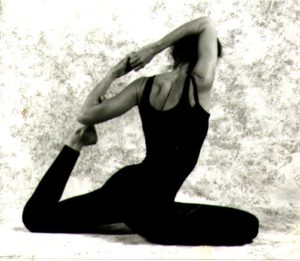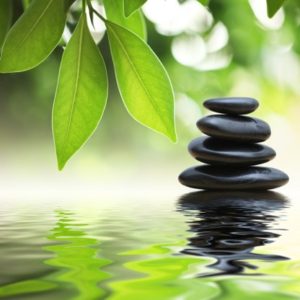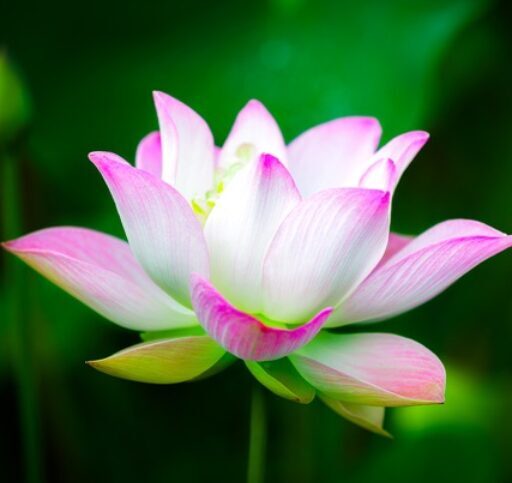
Throughout the three decades of teaching yoga, I have drawn from a deep well of body/mind disciplines to weave together a holistic and embodied approach to yoga practice.
This includes: the study and practice of yoga asanas, pranayama (breath mastery), alignment and yoga’s philosophical foundation, deep understanding of anatomy, biomechanics, and movement both from massage and yoga trainings, the study and practice of Ayurveda, mindfulness and meditation, and the Taoist principles of Yin and Yang.
“Cynde is a caring, wise teacher with an open heart. She has a firm grasp of body mechanics, anatomy, and various forms of yoga. Her classes are an ideal mix of strengthening and restorative poses at a perfect pace for my breath. She does not rush me through my practice, rather she guides me at a respectful pace, always encouraging me to follow my breath, which is at the heart of my practice. And she has a wonderful sense of humor, evidenced by her frequent smile and the ever-present twinkle in her eye.”
-Joseph Lindsay
At the heart of any yoga practice is the cultivation of Presence or Embodied Awareness. We practice mindfulness to help develop a capacity to attend to our body, emotions, mind and environment with a compassionate and receptive attitude. We practice yoga to find ease in the body, through development of strength, flexibility, balance and stamina, and to find equanimity between the complementary energies both yin and yang, receptive and active. When our energy is balanced, we feel at ease in our bodies and are better able to understand and free our minds as well as develop an open and receptive heart. We can create potent opportunity to release suffering that is fueled by our habits and conditioning. Our practice then can nourish and enliven our natural vitality and bring us closer to uncovering our authentic nature; that vibrant quality of presence and openness.
My intention is to offer these teachings to cultivate wholeness, a deep sense of ease and contentment in our bodies, and a peaceful receptive mind. I offer support, insights, and inspirations as we journey down this path with heart, creating a sanctuary of presence and compassion within a supportive community or Sangha.This practice weaves together a deeply nourishing and grounded experience that not only serves to strengthen our bones, muscles, and organ systems, but also builds our capacity to connect with love and kindness to ourselves and others.
Yang yoga (active dynamic practice) and Yin yoga (receptive quiet practice):

All tissues in the body need to be regularly worked in order to maintain healthy function and balance. When not worked our tissues become weak or atrophy. We need to work the yang tissues (muscles, soft tissue) as well as the yin tissue (bones, connective tissue, fascia, ligaments, tendons) Yang moves blood, lymph, and chi (prana) through the muscles of the body keeping us strong, flexible and energized. Yin focuses on the denser tissues of the joints like fascia and connective tissue and is opened and stretched through long held poses with the muscles relaxed. Yin stimulates and opens the flow of subtle energy through the meridian system (in yoga they are called nadis) that is housed in the deep microscopic connective tissue of the body. Yang is active, warm, muscular and aerobic. Yin is quiet, soft, cool and deep. These two energies are always in a dance with each other – yin moving into yang, yang’s fullness emptying into yin as seen in the movement of the seasons from warm active summers to the deepest cold, dry quiet winters.
Therapeutic Yoga: private, individualized sessions
Therapeutic Yoga is the process of empowering individuals to progress toward improved health and well-being through the application of the philosophy and practice of yoga. TY is the adaptation of Yoga practices for people with health challenges. Yoga instructors prescribe specific regimens of postures, breathing exercises, and relaxation techniques to suit individual needs. Medical research shows Yoga is among the most effective complementary therapies for several common ailments. The challenges may be an illness, a temporary condition or chronic condition associated with aging or disease. -adapted from Robin Monro, Ph.D Yoga Biomedical Trust, England
Using yoga as therapy can be traced back to yoga master T. Krishnamacharya, who trained students that became the West’s most influential teachers, including his son, TKV Desikachar and BKS Iyengar.
Yoga can be experienced in small groups or individually in private sessions addressing specific health problems and adapting poses accordingly.

Many people use yoga to help manage high blood pressure, coping with effects of cancer treatments, depression and anxiety, low back pain, sciatica, shoulder, neck, hip pain, insomnia and much more.What makes yoga unique is the holistic nature of the practice. To heal or improve from injury or chronic conditions often requires looking beyond just a series of physical exercises or poses and may also include breathwork, diet and nutrition and a compassionate look at our emotions, beliefs and lifestyle. Yoga can include meditation, mindfulness practices, and an investigation into yogic philosophy.
I work with the client to find the right fit for their personal practice.
Cynde is one of the most intuitive, generous bodyworkers I know. She has healed her own body a number of times, so has both a studied and firsthand understanding of what it takes for body systems to realign and move into optimal functioning. After every massage or yoga session, I leave feeling deeply nourished and empowered.
~ Lexi Soulios, Holistic Therapist

